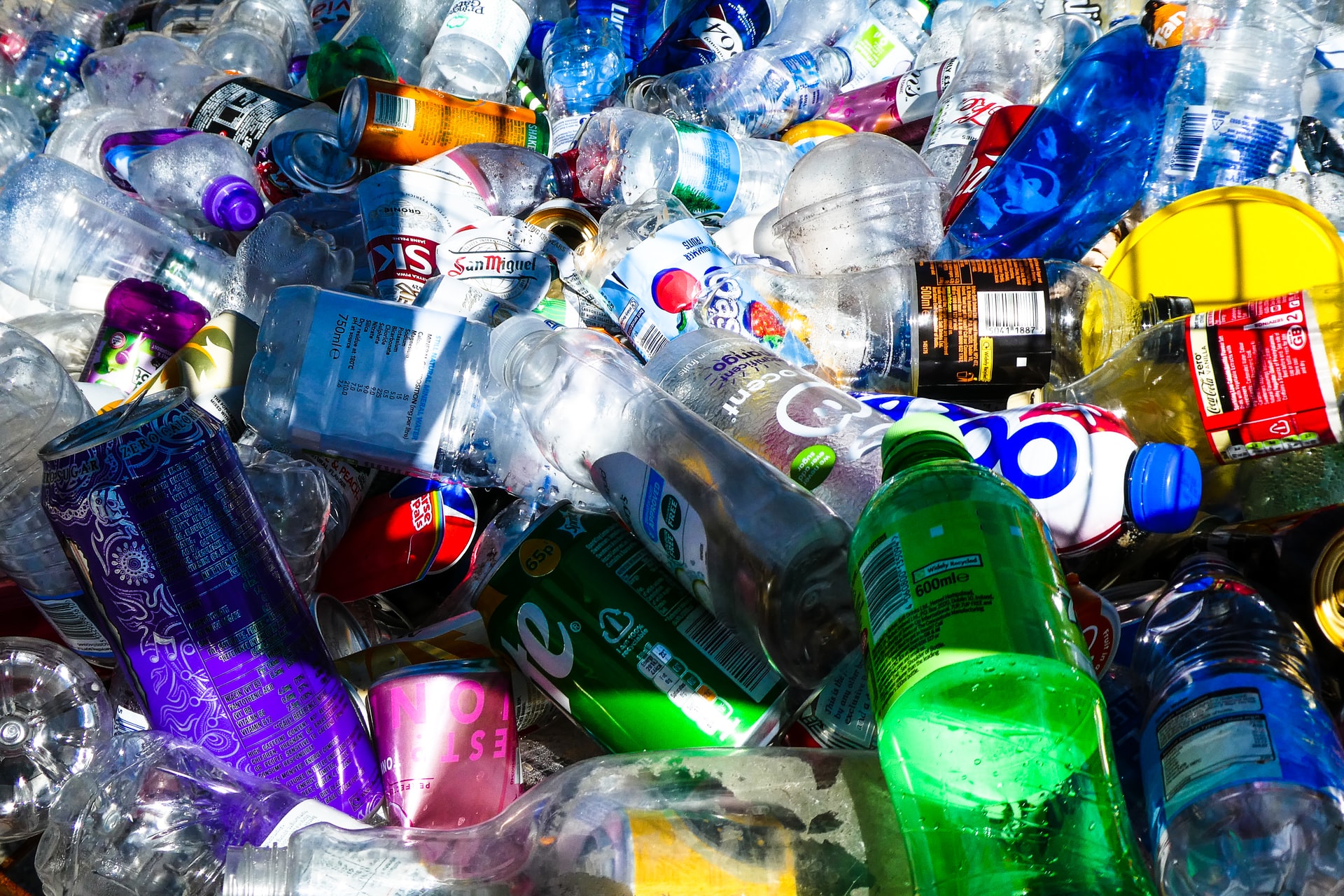 Numerous companies have set 100 percent recyclable, reusable or compostable packaging goals such as Colgate-Palmolive and Kellogg. Virtually all these companies, though, are not tracking whether their packaging is actually recycled and what new products their packaging becomes. Without this end-of-life tracking, they cannot determine the extent of the economic and environmental impact from how their packaging was recycled.
Numerous companies have set 100 percent recyclable, reusable or compostable packaging goals such as Colgate-Palmolive and Kellogg. Virtually all these companies, though, are not tracking whether their packaging is actually recycled and what new products their packaging becomes. Without this end-of-life tracking, they cannot determine the extent of the economic and environmental impact from how their packaging was recycled.
Technical recyclability is only the first step of many questions to determine if your packaging works in today’s recycling system. Other questions include: Is the packaging collected in the vast majority of recycling programs? Can the packaging be easily separated from the rest of the single stream recyclables? Once baled with like materials, does the material the packaging was made of sell for an amount that pays for the cost to collect and separate it and, ideally, provide additional needed revenue to the material recovery facilities (MRF) that separate single stream recyclables? Is the packaging downcycled into a product unlikely to be recycled at its end-of-life?
These questions are harder to answer. Further, some companies may not want to look under the recycling hood. They might fear uncovering negative characteristics for a packaging type that they want to continue using because they’ve invested in it, it provides higher margins than other packaging, or consumers find it attractive. If companies are serious about fixing the U.S. recycling system, they need to go beyond a new willingness to fee-setting and long-term recyclability goals. They need to consider what inputs they are pumping into the recycling system.

